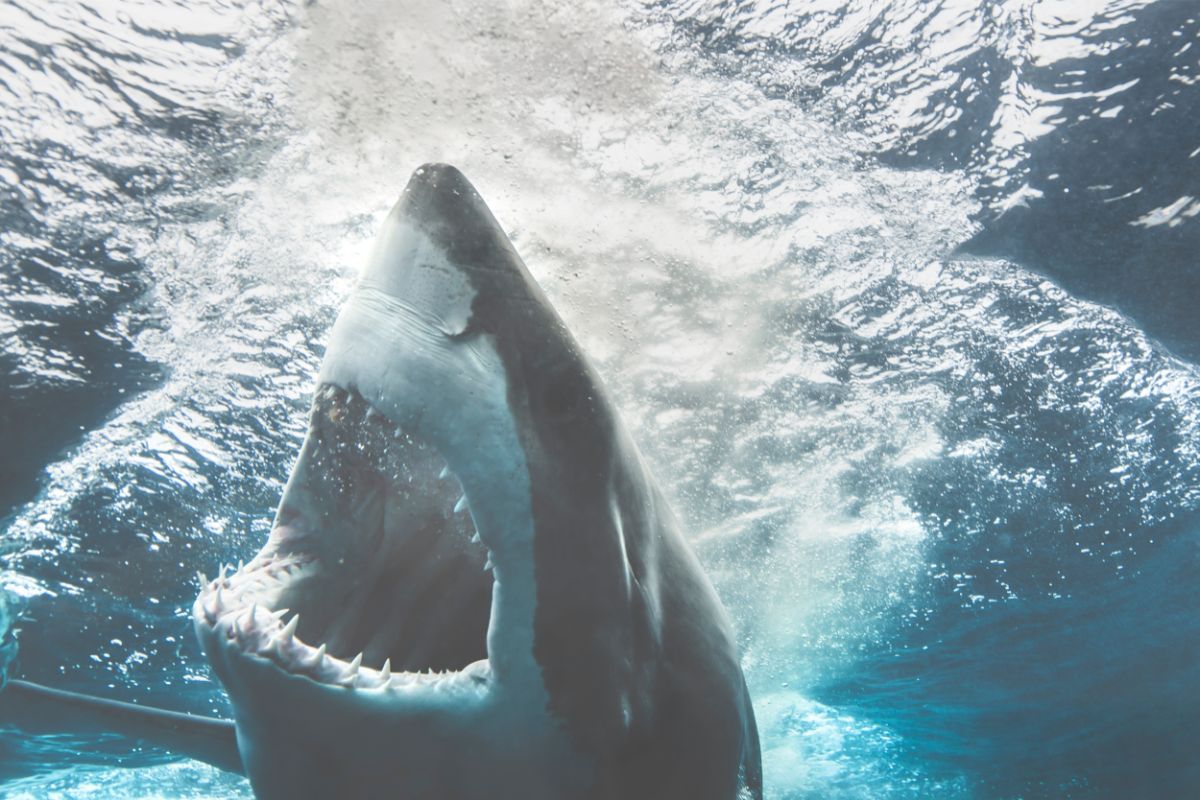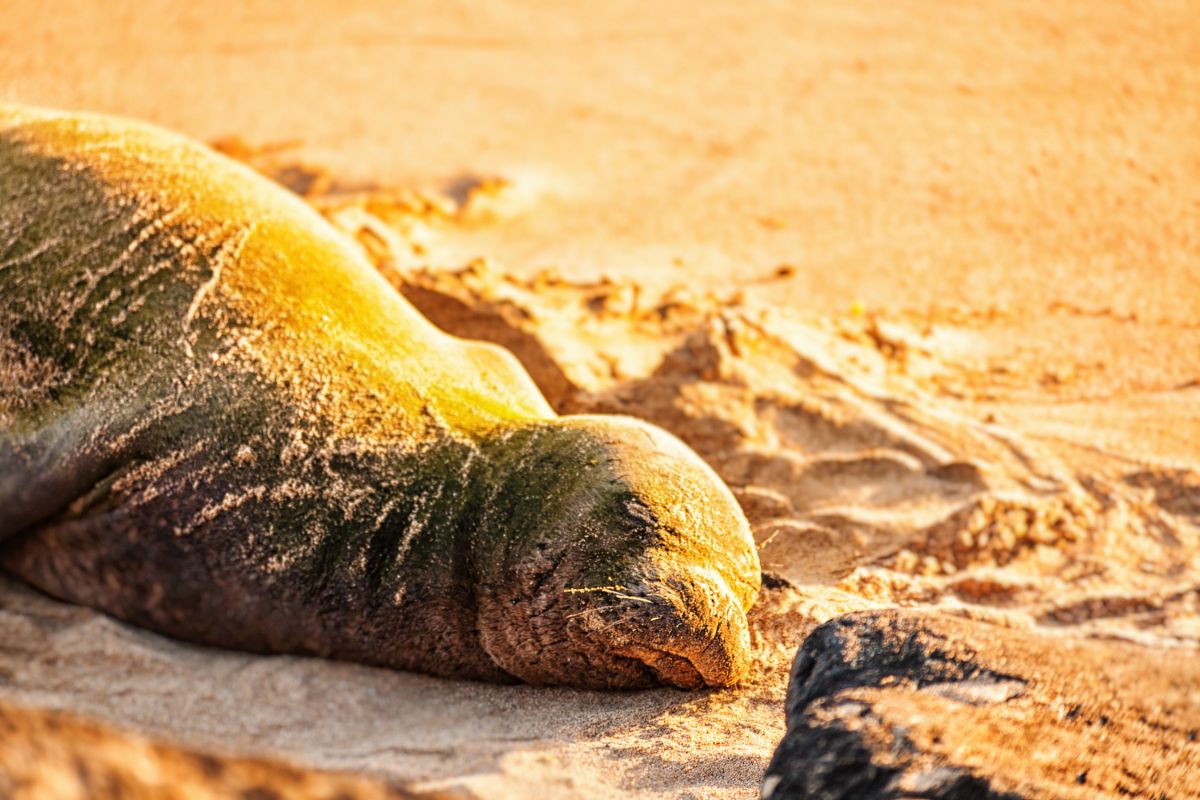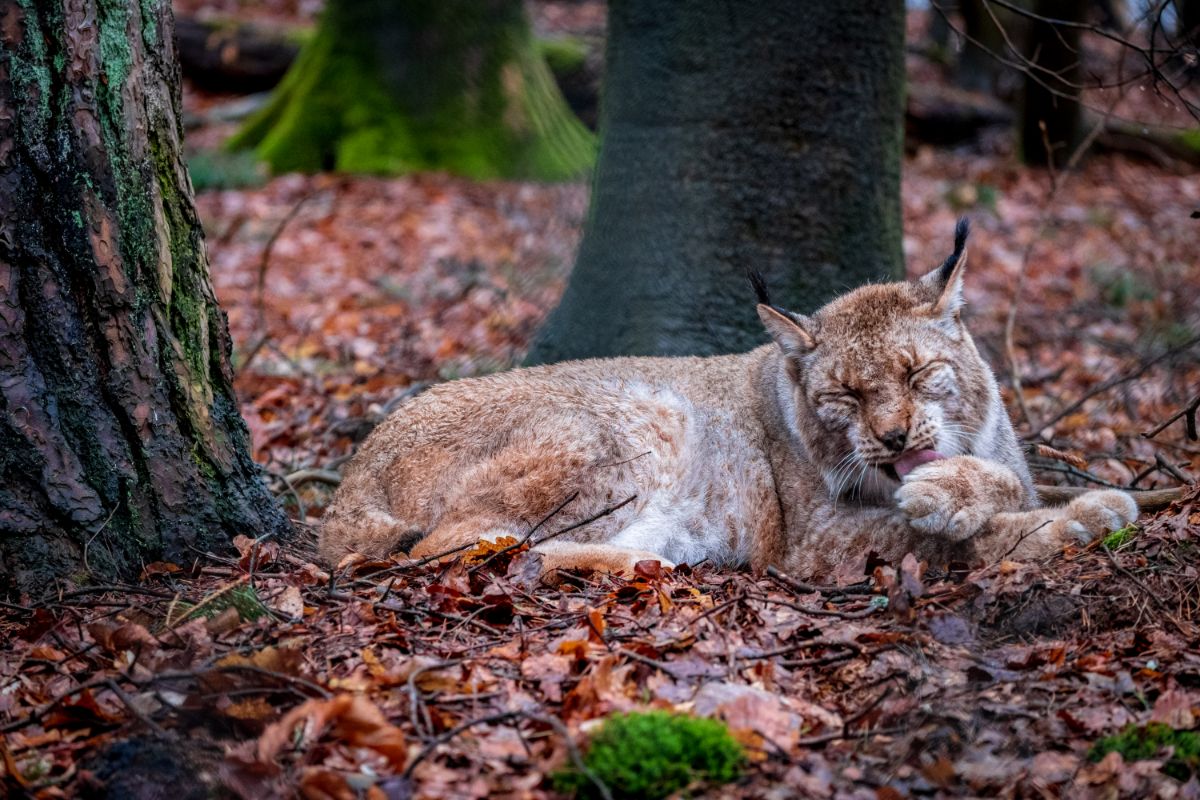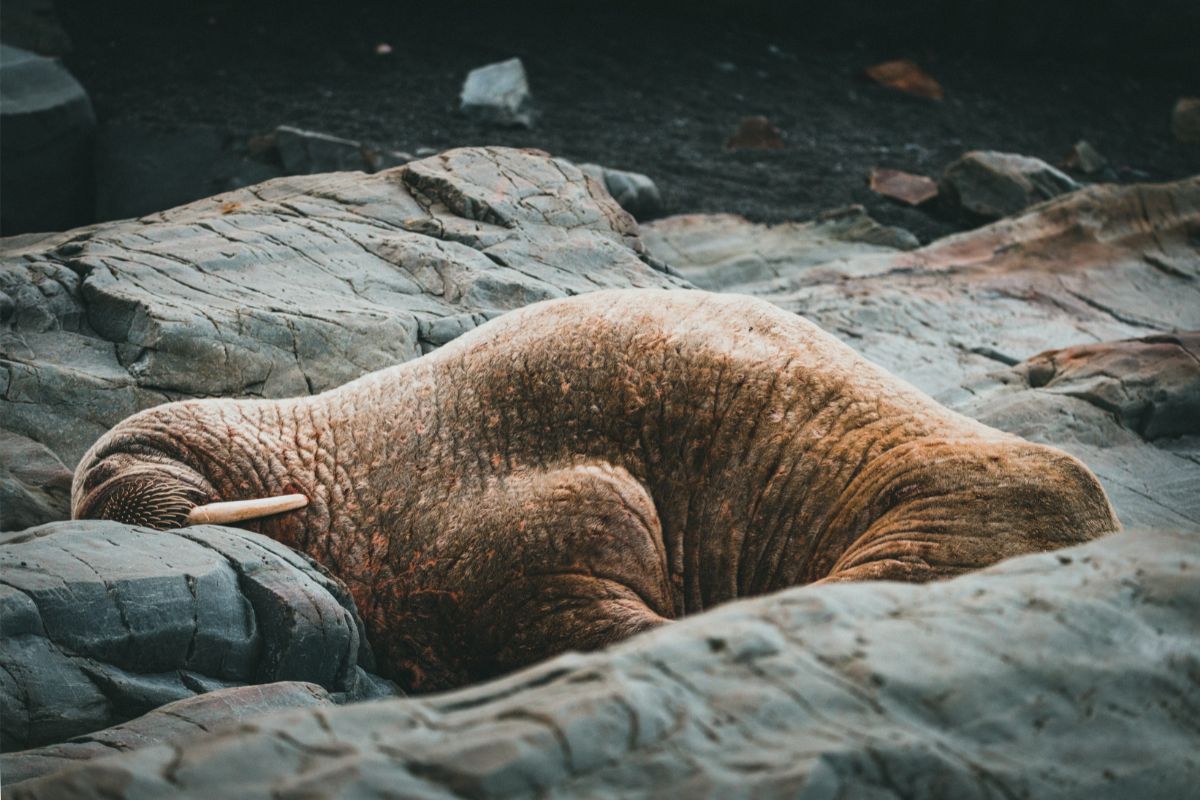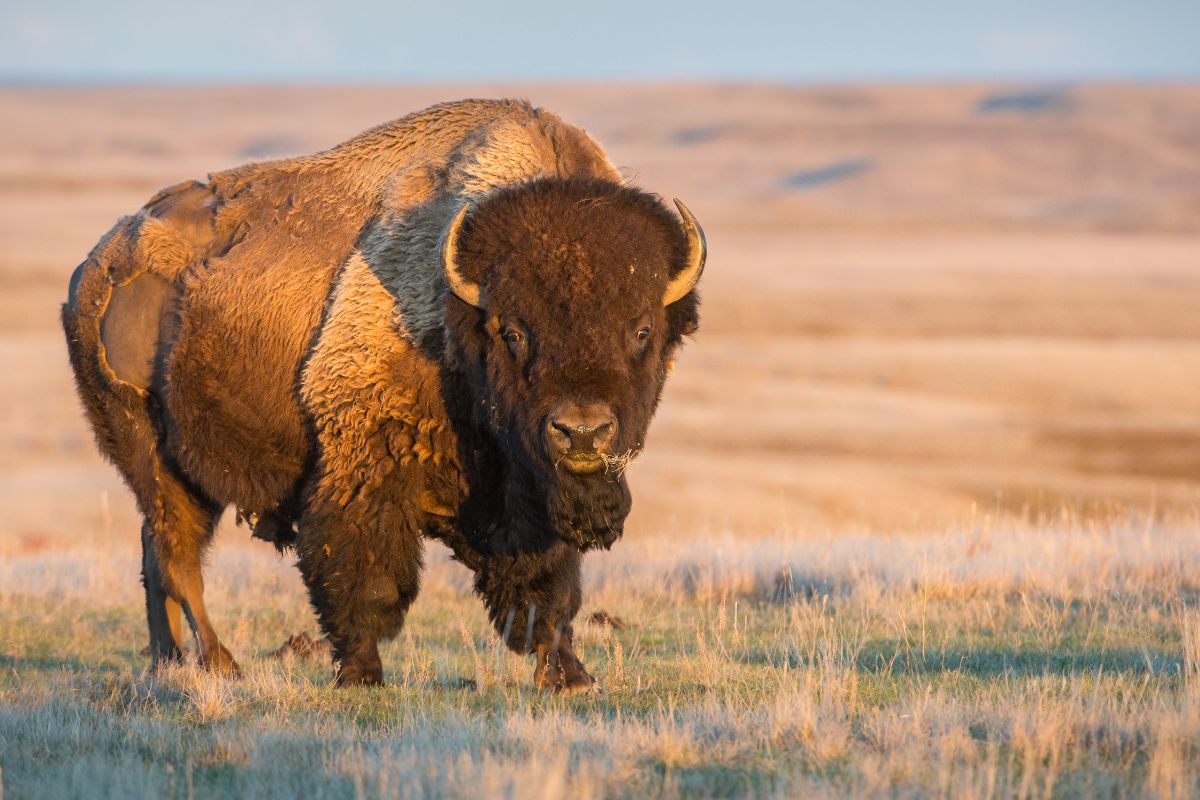Animals face several threats in their natural habitats. There are a wide variety of threats that they have to deal with, including human actions, predators, and environmental changes.
If a species is to survive, there has to be a way for it to overcome these threats.
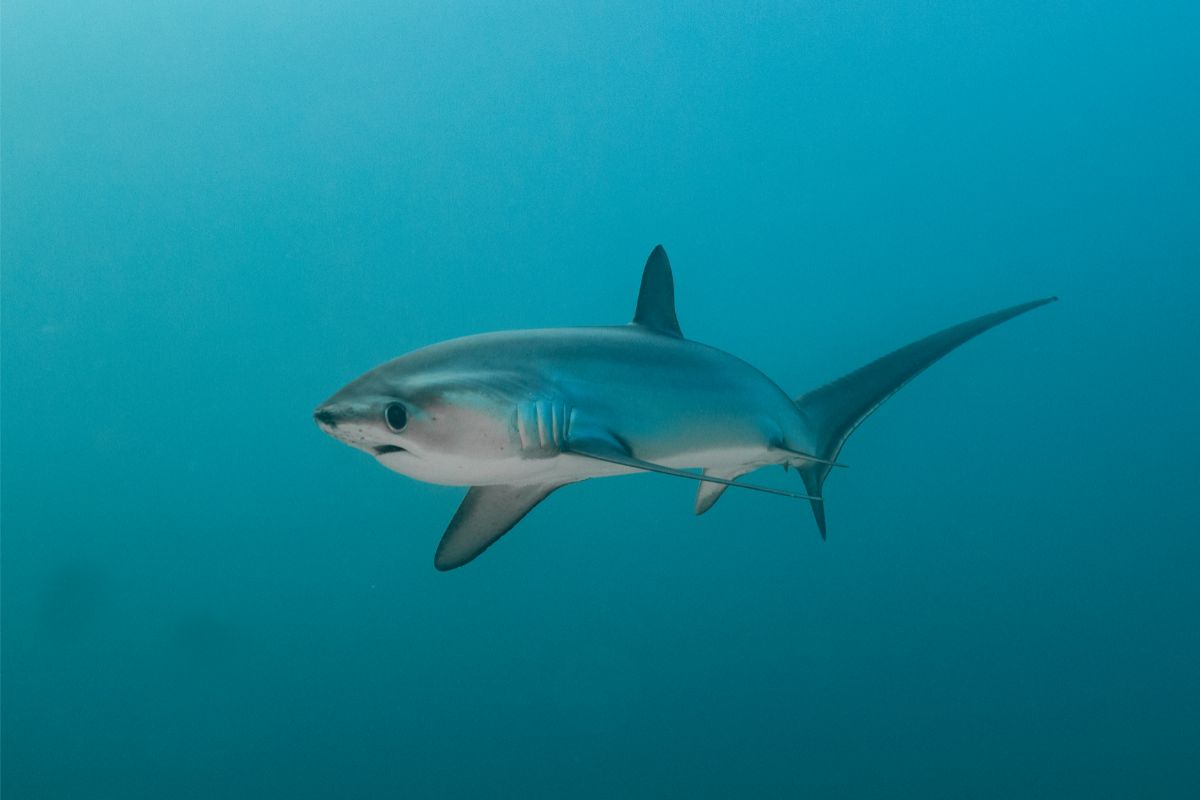
One species that faces numerous threats is the bigeye thresher. Consequently, this species of shark is considered vulnerable. If it continues to deal with serious threats, it risks becoming endangered. If so, this could lead to extinction.
To help conserve the bigeye thresher, this guide will tell you everything you need to know about the species. This includes the threats that the bigeye thresher has to avoid.
What Is The Bigeye Thresher?
The bigeye thresher is a type of thresher shark, belonging to the Alopiidae family. They are native to warm oceans. Consequently, bigeye threshers can be found in oceans surrounding the United States, Australia, New Zealand, Brazil, and Madagascar.
This species gets its name from its distinctive eyes. These eyes are famously large, giving the bigeye thresher the ability to rotate their eyes. Residing in deep oceans, bigeye thresher sharks can hunt even in dark conditions.
What Are The Biggest Threats To The Bigeye Thresher?
Overfishing
This is arguably the most serious threat to bigeye threshers. These sharks are fished both commercially and recreationally. Commercial fishing is particularly harmful to this species because these fishers can capture multiple sharks at once.
Even if bigeye threshers are not intentionally caught, they can be bycatch. This term refers to unwanted species of fish that are captured during commercial fishing.
Commercial fishers might accidentally catch the bigeye thresher when they are attempting to find more common species, including tuna.
Bycatching particularly occurs when trawling is employed. The large size of this species means that it is common for them to end up in nets. This has resulted in bigeye threshers developing a reputation for being bycatch annoyances.
The Bigeye Thresher tends to come to the surface at night. They do this to search for prey. This is when the species is most vulnerable to being captured.
When recreational fishes capture bigeye threshers, they occasionally keep them. Even if the fishers return the sharks to the waters, they do not always survive. This is because bigeye threshers can become injured during the capture process.
Recreational fishes particularly target threshers in the United States and New Zealand. Consequently, New Zealand’s Department of Conservation considered this species to not be threatened, despite the dwindling population statistics.
Uses Of Captured Bigeye Threshers
Many fishers target bigeye threshers because of their fins. Bigeye threshers have big pectoral fins, which some fishers keep as trophies. Plus, their fins can be added to soups. Shark fin soup is a popular delicacy in many Asian countries, including China.
Bigeye threshers are not just caught for their fins, but also for their skin, meat, and liver oils. Thresher skin can be used to produce unique leather objects. After all, this form of leather is much rarer than more widespread varieties, such as sheep leather.
While bigeye thresher meat is not commonly consumed, it can still be eaten. The reason for its rarity is that the meat tends to have an unpleasantly mushy texture. This meat can be served in numerous different ways, like a smoked thresher.
Meanwhile, the liver oil of bigeye threshers is commonly used for medicinal purposes and to make vitamin supplements.
The multiple commercial uses for bigeye threshers have resulted in the species being targeted.
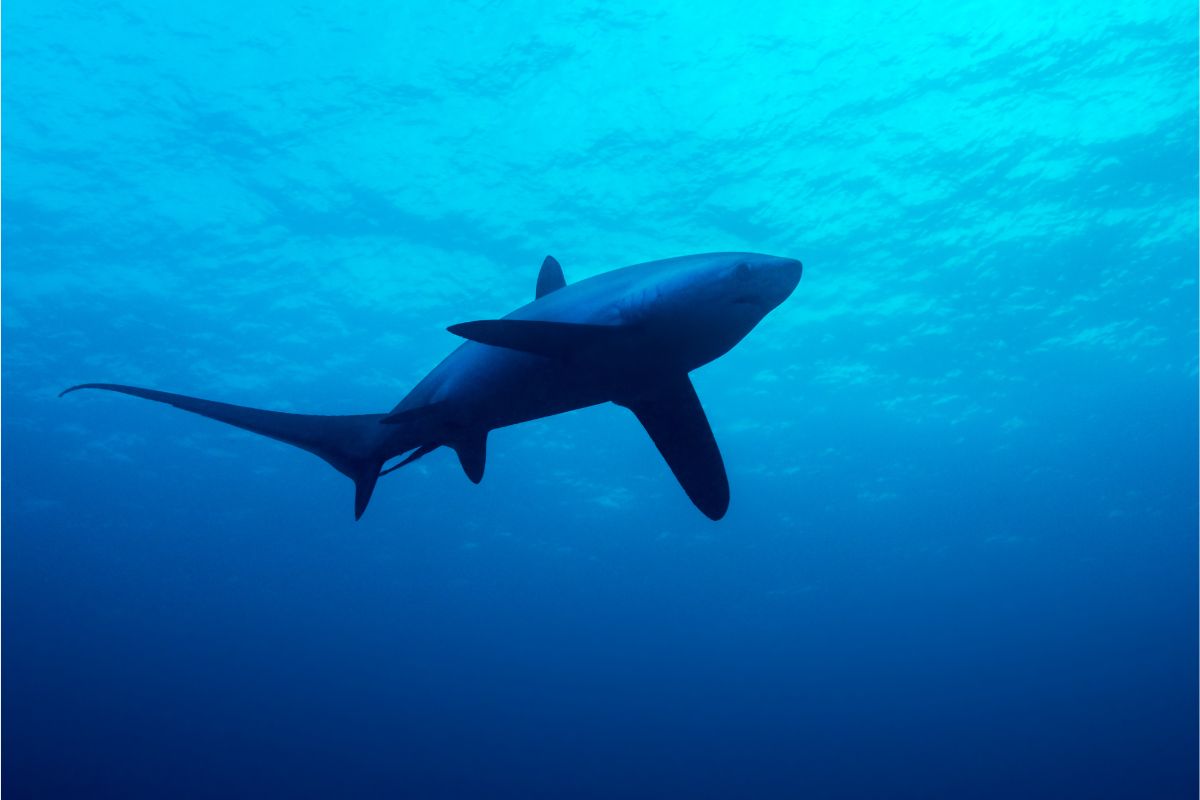
Long Reproduction Times
Another problem that the bigeye thresher suffers from is that they take a long time to reproduce. This means that it takes a while for the species to increase its population.
Hence, the bigeye thresher population is believed to have decreased by 80% from 2000.
While they can produce throughout the year and are not limited to a specific breeding season, bigeye threshers have an incredibly low reproduction rate.
Male bigeye threshers are only mature around the age of 9 or 10 years, while females only become mature over the age of 12. Consequently, the bigeye thresher has to be older than other species before it can start to reproduce.
This reproduction system is further limited by the fact that female bigeye threshers tend to only give birth to two pups per pregnancy.
In contrast, some shark species, such as the whale shark, can have hundreds of pups each time they are pregnant.
Essentially, this means that fewer sharks are being reproduced than the number of sharks being killed, namely during fishing.
Can Bigeye Threshers Be Saved?
Yes, it is possible to save this species from extinction. Unfortunately, there are not currently any projects dedicated to saving the bigeye thresher.
One method of saving this species could be stricter fishing laws. Though some countries already impose fishing laws against the hunting of bigeye threshers, perhaps harsher laws could increase their population.
For instance, the Convention on the Conservation of Migratory Species of Wild Animals has listed this as a protected species.
You can get involved by signing petitions dedicated to protecting the bigeye thresher. You can also donate money to charities that are looking to conserve this shark species.
Frequently Asked Questions
How Large Are Bigeye Threshers?
This species of thresher shark tends to weigh approximately 200kg, though some specimens have weighed over 300kg. The average bigeye thresher tends to be between 11 and 13 feet long.
Female bigeye threshers tend to be slightly smaller than males, though this difference is not usually noticeable.
How Long Do Bigeye Threshers Live?
The lifespan of this species can vary significantly. In terms of the maximum age that they can live to, female bigeye threshers live for longer. Females can live for a maximum of 20 years while male bigeye threshers can only live up to 19 years.
Final Thoughts
The threats of overfishing and extended reproduction times are proving problematic for bigeye threshers.
Considered a vulnerable species, work must be done to ensure that bigeye threshers survive. If not, these issues could lead to the shark species becoming extinct!
- What Do Squirrels Eat? Learn About Their Diet and Winter Survival - October 14, 2024
- What Do Raccoons Eat? Discover Their Diet and Eating Habits - October 6, 2024
- What do foxes eat? - October 5, 2024

